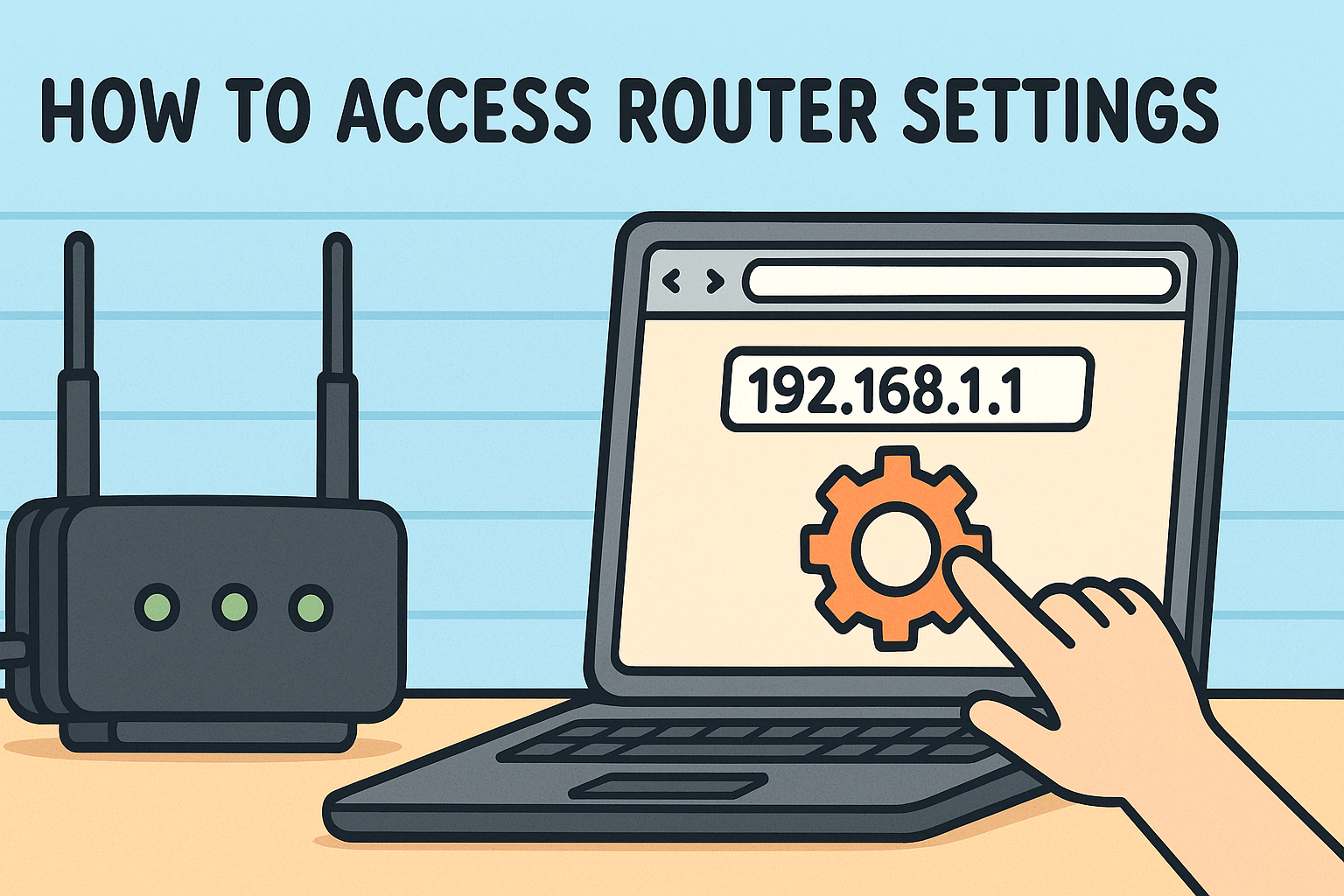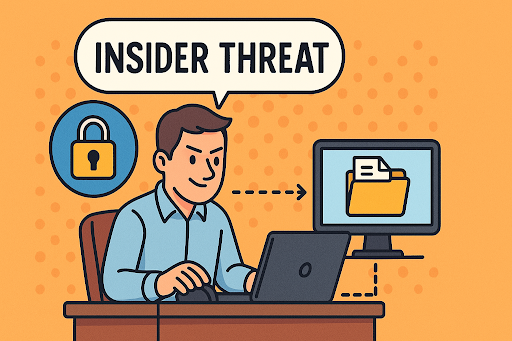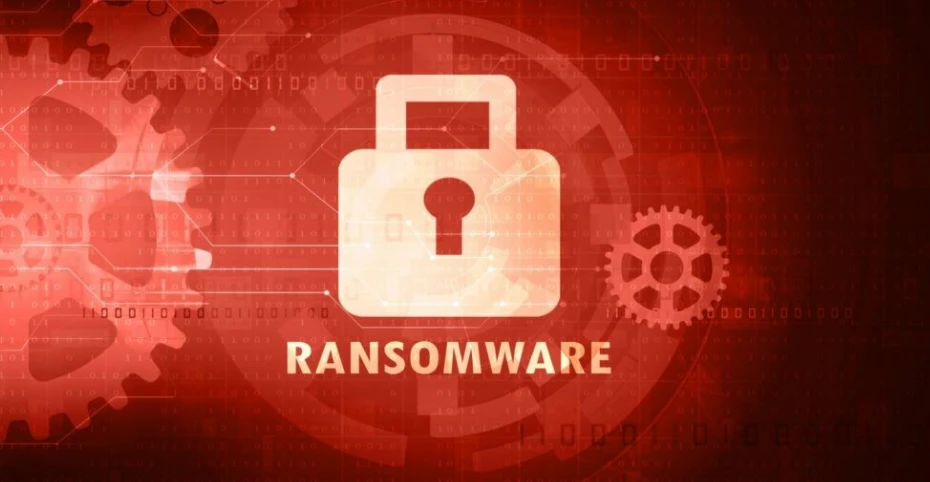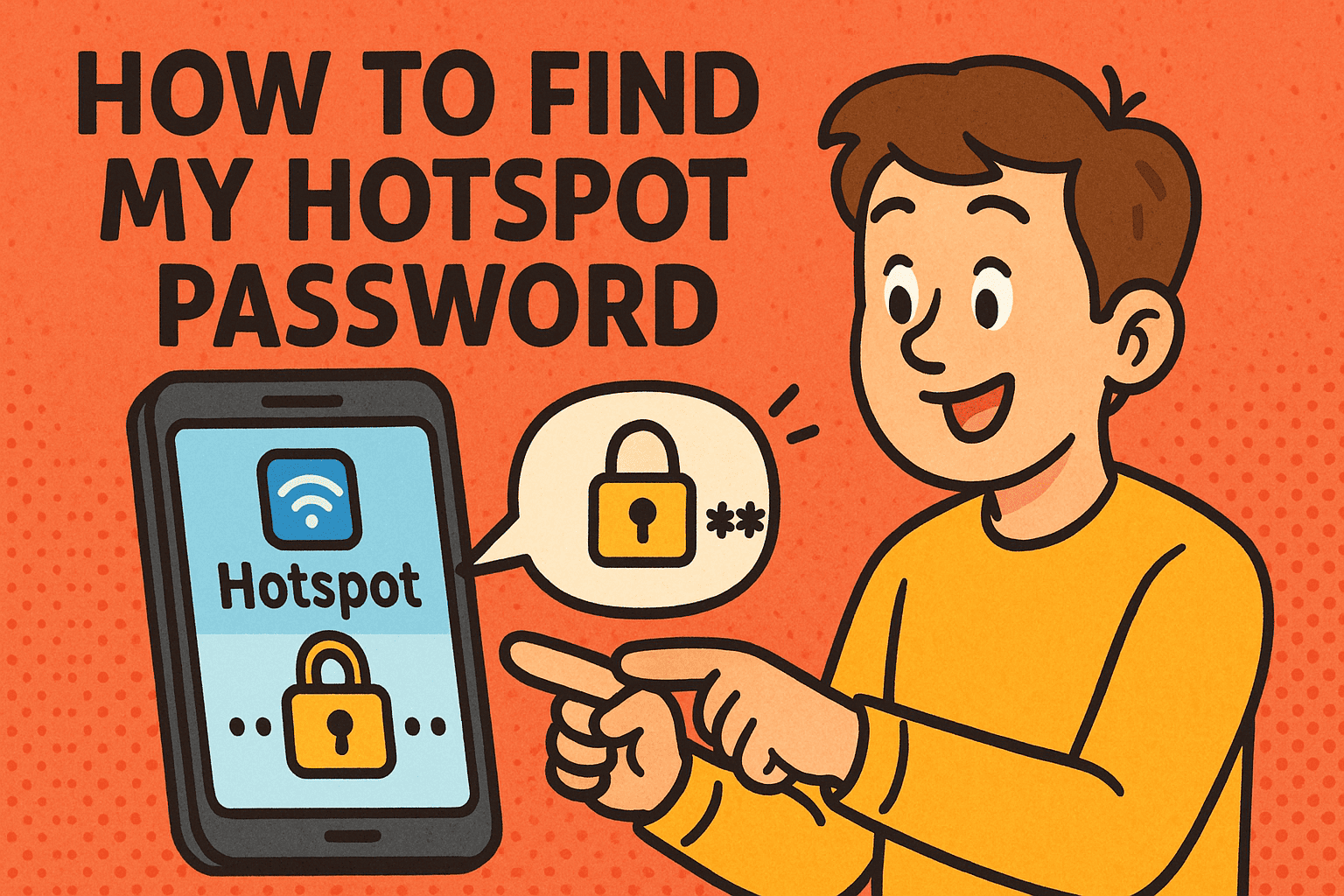$20M Ransom Demand: What the Coinbase Breach Teaches Us About Insider Threats
Updated on May 16, 2025, by Xcitium

In one of the most alarming breaches of 2025, Coinbase — the largest cryptocurrency exchange in the United States — revealed that attackers successfully bribed customer support staff to gain access to sensitive customer data. The attackers are now demanding a staggering $20 million ransom, and they’ve already started leveraging the stolen data in social engineering scams against Coinbase users.
This isn’t just a crypto problem. This is a wake-up call for every organization that handles sensitive data — especially those relying on third-party support staff or offshore contractors. Here’s what went wrong, why it matters, and what every business leader should do right now.
What Happened: A Breakdown of the Coinbase Attack
According to Coinbase, the attackers didn’t break in through brute force or zero-day exploits. They bought their way in — targeting outsourced support personnel with cash bribes to hand over internal credentials and system access. This allowed the attackers to:
- Steal names, email addresses, partial Social Security numbers, and ID images
- Impersonate Coinbase employees in phishing campaigns
- Exploit trust to manipulate users into transferring crypto
- Demand a $20 million ransom in exchange for halting future attacks
Coinbase has refused to pay and is offering a $20 million reward for information leading to the attackers’ arrest.
Why It Happened: The Insider Threat Blind Post
The attack reveals a glaring security gap: insider access is the new perimeter.
When a support rep — even one working abroad — has access to systems that can retrieve sensitive identity data, the entire organization is at risk.
What’s missing?
- Lack of Zero Trust Enforcement: The assumption that support agents could be “trusted” was the first mistake.
- No Endpoint Isolation: Once credentials were compromised, malicious actions were allowed to proceed unhindered.
- No Real-Time Containment: The attackers were able to act before Coinbase’s tools could detect and respond.
This wasn’t a tech failure alone. It was an architecture failure — the kind Xcitium was built to prevent.
Why Detection Alone Isn’t Enough
If your business relies on EDR or SIEM tools to catch threats after they occur, you’re already behind. Detection-based tools can tell you what happened — but they don’t stop it in real time. That’s exactly what happened here.
By the time malicious behavior was detected, the data was already stolen and the damage was irreversible.
How Xcitium Stops These Attacks Before Damage Is Done
At Xcitium, we believe every action — no matter who initiates it — must be treated as suspicious until proven safe. That’s why we use ZeroDwell™ Technology, which isolates unknown or untrusted activity before it can cause harm.
Here’s how Xcitium would have helped in a case like Coinbase:
✅ Real-Time Containment of Suspicious Activity
Even if a support agent’s credentials were used, Xcitium’s patented technology would have contained the session, preventing any data exfiltration.
✅ Zero Trust Enforcement — Everywhere
No endpoint, user, or session is trusted without verification. Period. Access is segmented, restricted, and constantly re-evaluated.
✅ Insider Threat Visibility
Our behavioral analysis identifies anomalies from insiders — whether they’re acting maliciously or being impersonated.
✅ No Assumptions, Only Proof
Xcitium doesn’t assume software or users are safe just because they “look normal.” Everything unknown is automatically contained until it’s verified as safe.
Here’s What You Can Do Right Now
This isn’t a crypto issue — it’s a business survival issue.
🧪 Run a Free Forensic Scan
Xcitium provides an unbiased, third-party scan that shows what your current provider is missing.
👉 Book Your Free Demo
See first-hand how Xcitium’s solutions prevent breaches.
















